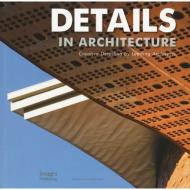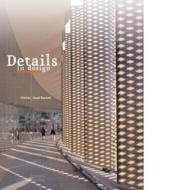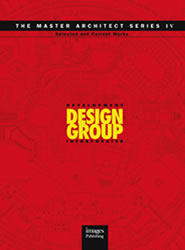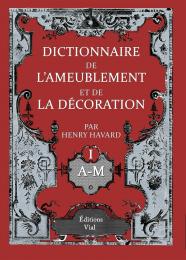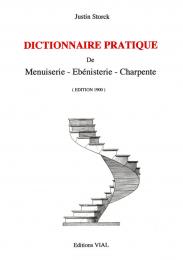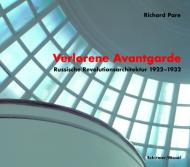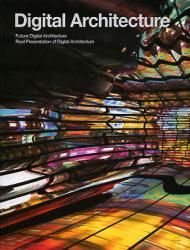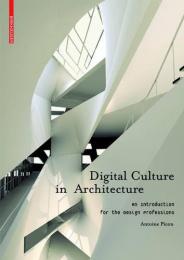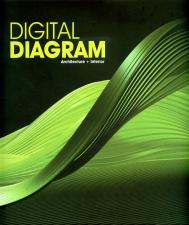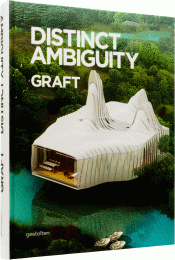Details in Architecture is the latest edition in IMAGES’ ever-popular Details series. Each volume is a study of the emerging trends in architectural detailing, with a strong focus on innovative design, enviro- sustainability and many aspects of cross-cultural design. Featuring the work of the world’s most highly acclaimed architects and interior architects, this book presents the most recently completed and influential building designs.
Projects are presented with superb full-colour photography and technical drawings that place featured details within the context of the overall design. Architects featured are from Europe, North America, Australia and Asia.
Издательства
- Rizzoli (481)
- Thames & Hudson (156)
- Prestel (149)
- Gestalten (106)
- Braun (105)
- teNeues (71)
- Vendome Press (60)
- DOM Publishers (51)
- Monacelli Press (50)
- Phaidon (49)
